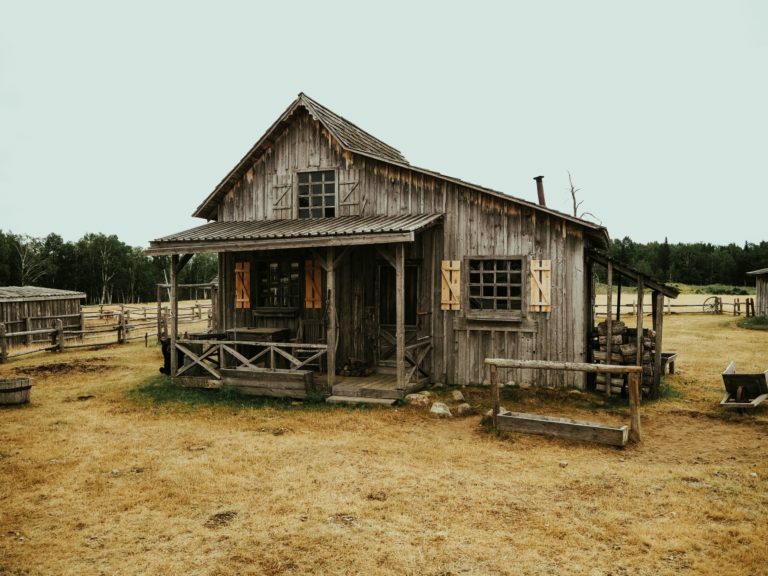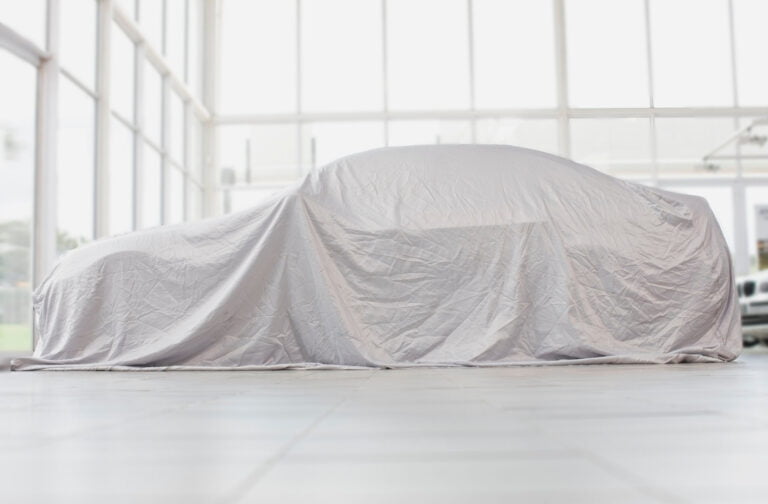Many first-time homebuyers opt to purchase a fixer-upper as a shortcut to homeownership, and many seasoned homeowners see fixer-uppers as a way to afford a larger home or a better neighborhood. Homes that are ready for moving in the next day aren’t always in high supply, after all.
Bargain hunting for a home is a smart idea for new homeowners, so long as you realize the full scope of taking on a fixer-upper. It’s not uncommon for simple projects to snowball into something more complicated. Buying a fixer-upper can be just as fun as it looks on TV when you house hunt with a few tips in mind.
1. Make sure that you can afford the investment.
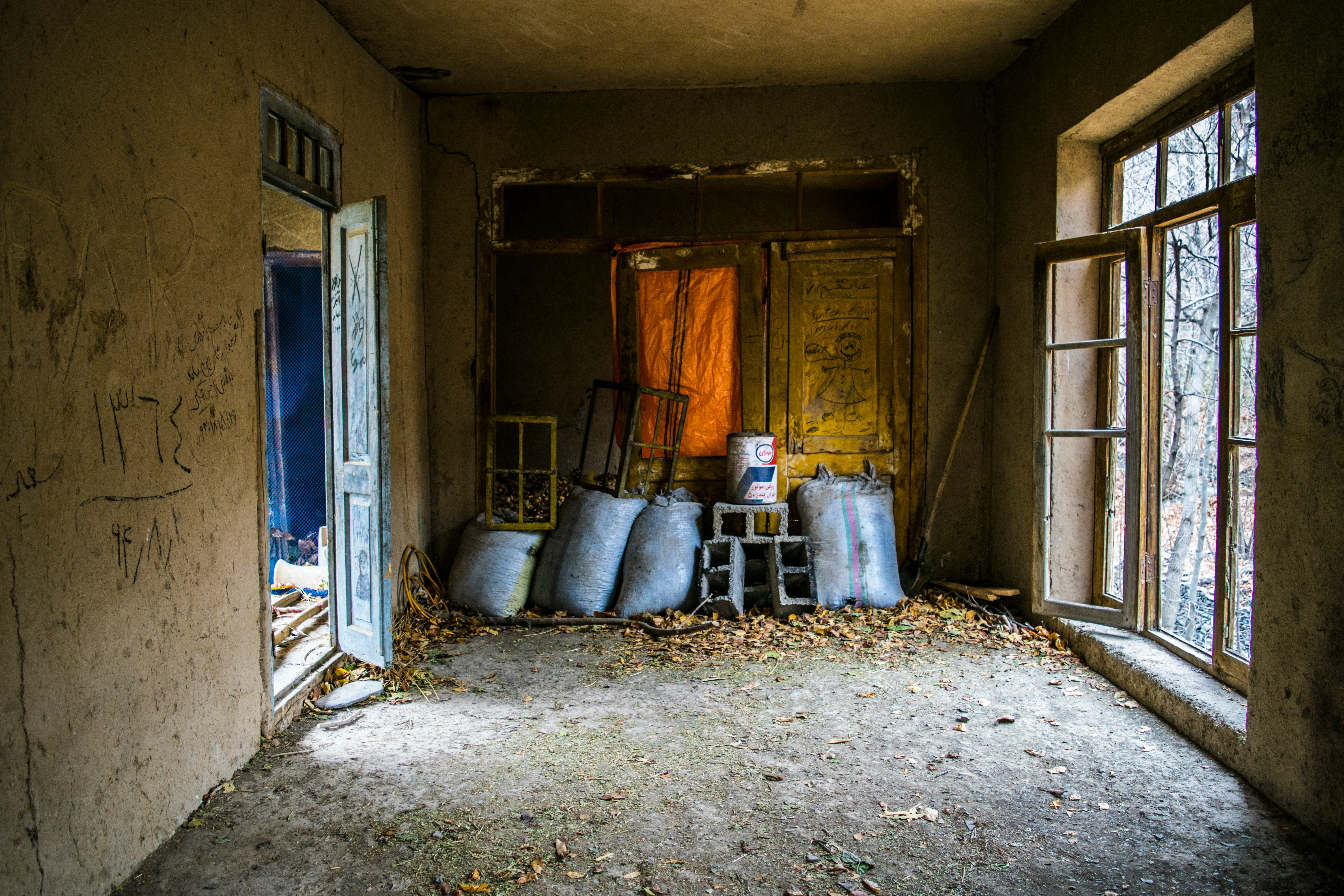
When buying a fixer-upper, you need money to purchase the house itself and money to cover the costs of renovations and repairs. Figuring out the right price to pay for a fixer-upper starts by adding up the costs to renovate the home based on its condition. It’s important to include materials and labor costs in this estimate, as they can be expensive. Then, subtract those costs from the property’s assumed market value post-renovation based on comparable listings in the area. Deduct between five and ten percent for unanticipated costs and inflation, and the remaining number will equal the fair asking price.
A real estate contract for a fixer-upper should include an inspection clause, which will either confirm your purchase choice or shed light on a money pit. Most realtors recommend avoiding a fixer-upper needing significant structural repairs such as plumbing, electrical, and foundation work. These are all “invisible” repairs that don’t raise the value of the property or offset the costs of renovations.
Renovation loans are a type of mortgage that can be used to finance a home and renovations at the same time. A renovation loan allows you to pay off renovations over a longer period of time at a lower interest rate than traditional financing. A fixer-upper mortgage may even cover your mortgage payments while living elsewhere during renovations, and provide extra funds in the event of unforeseen costs related to the renovation.
2. Be realistic about the condition of the home.
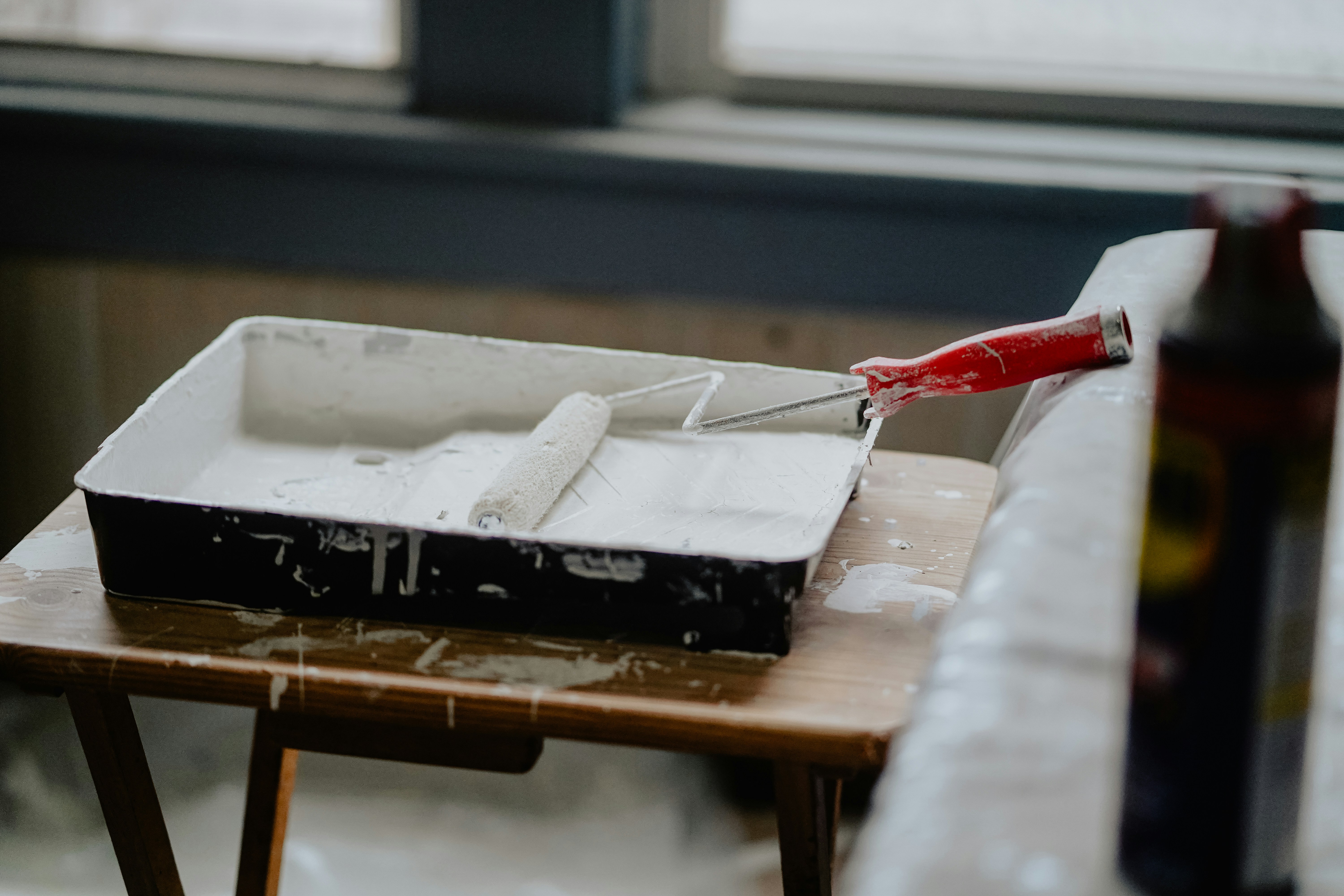
Obviously, a fixer-upper needs work, but some issues aren’t as apparent as others. It’s essential to be realistic about the condition of the property and list out cosmetic problems separately from fundamental ones. Easy fixes include patching and painting walls, refinishing floors or laying tile, swapping out light fixtures, hardware, and cabinets, replacing doors, updating outlets and light switches, painting the exterior, and adding a deck.
Fundamental problems tend to be more expensive fixes, such as replacing HVAC systems, shoring up foundations, replacing the roof, pouring concrete, replacing windows, and kitchen or bathroom remodels. Certain renovations are non-negotiable and are important for the property to be habitable. Being realistic about how the condition of property fits your budget will save you headaches down the road.
The roof is the hardest working part of the house and can be damaged by UV sunlight, moisture, mold, insects, and long-term exposure to rain and wind. The roof naturally shows its age over time, but when you protect it with a roof coating you can extend the life of your roof. Tucson Rubberized Coatings has years of experience formulating elastomeric roof coatings suitable for all roof surfaces.
Applying a roof coating reduces the amount of heat your home absorbs, meaning you rely less on your HVAC system to make the interior comfortable, and spend less on your energy bill. Roof coatings can be applied to a roof surface at any age, and when cared for well, lasts for at least 10 years.
3. Get the proper inspections done.
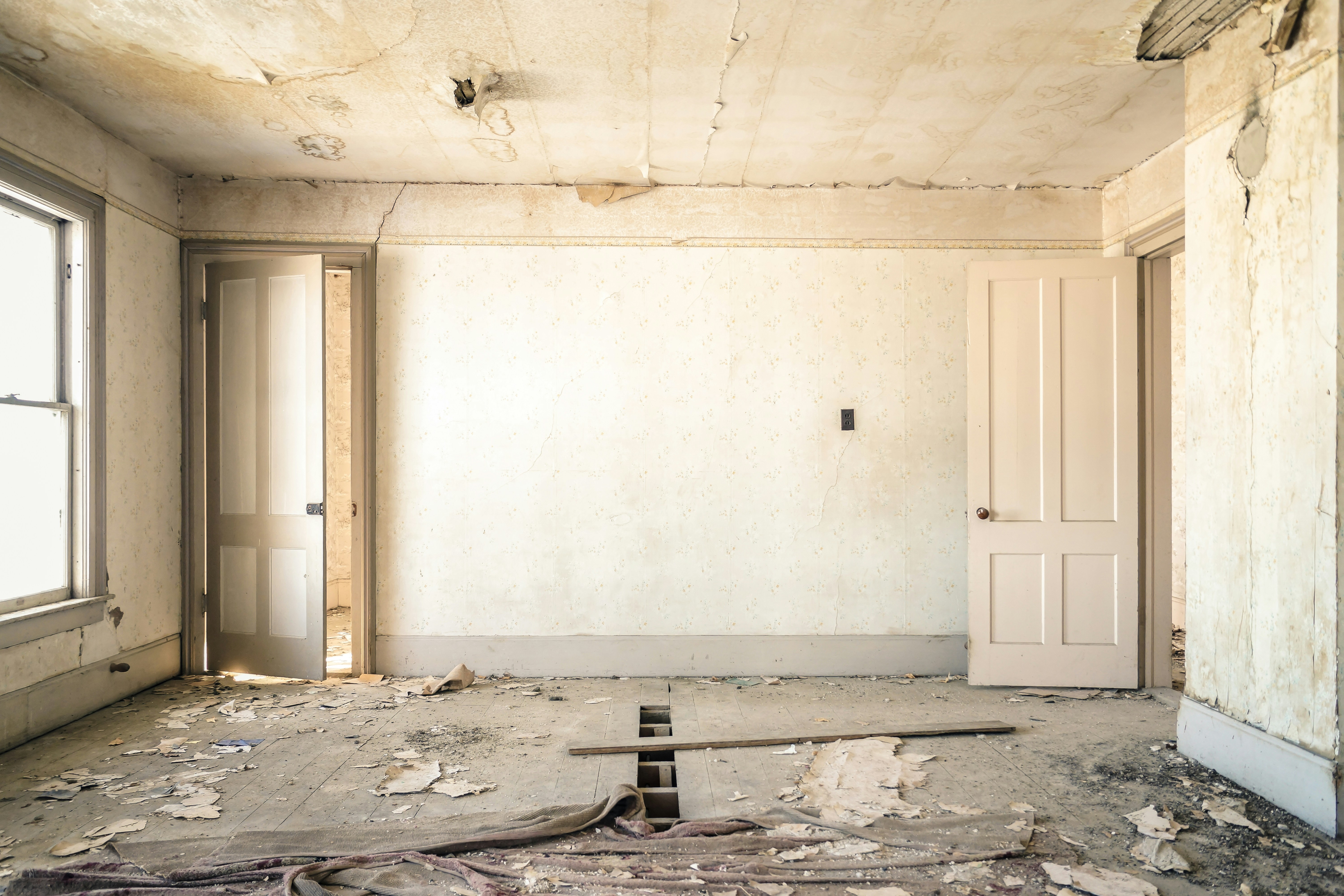
Never make the mistake of closing on a fixer-upper property without first getting the proper home inspections. There are several types of home inspections you should get by a credentialed home inspector including a roof certification, home warranty, pest inspection, sewer line inspection, and engineering reports. No two fixer-uppers are the same when it comes to how much work goes into making it habitable. The extent of home renovations depends on your needs and wants, your remodeling expertise and project schedule, and your budget.
4. Pick projects that will pay for themselves.

An ideal fixer-upper property mostly needs cosmetic touches such as paint, drywall repairs, and floor refinishing, as these are economical fixes that add value. Installing new light fixtures, doors, window shutters, siding, and updates in the kitchen and bathrooms also add value without breaking the bank. The key to renovating a fixer-upper is to choose projects that will pay for themselves in the long-run. Undergoing major renovations such as adding more usable square feet usually cost as much if not more than their ROI. You don’t want to over-improve the property in comparison with the area if you hope to get the maximum resale value. A good rule of thumb is to raise the property value no more than 10 to 15 percent of the median price of area properties.
A great investment to a spacious backyard that will add value to your property is the installation of a swimming pool. Olympus Pools can transform any outdoor living space with custom pools, water features, and outdoor kitchens. These leading Tampa pool builders work with you every step of the way to create a unique pool design that will make you want to staycation in your own backyard. The expert pool contractors work with homeowners in the Tampa Bay area including Clearwater, Pinellas Park, and St. Petersburg. Building a new pool is a great way to upgrade your backyard and add property value in a warm location.
5. Take on as many DIY projects as you can.

Becoming as much of a DIY homeowner as you can is a cost-effective way to accomplish renovation projects. A fixer-upper is a fun investment for those with basic hands-on skills like hanging cabinets, painting, spackling, installing trim, replacing windows, and building a deck or patio. Obviously, you’ll need to hire contractors for certain projects, but do know that when projects go over schedule, they also go over budget.
Part of the fun of moving into a new home is getting to know the neighborhood, and there’s no better wingman for meeting neighbors than a puppy. Lots of pups are notorious for pulling on their leash, but the right no-pull dog harness made of durable material and adjustable straps for a secure fit will put an end to pulling. Joyride Harness offers dog owners the best harness that slips easily over your dog’s head and provides the best fit on your dog’s chest.
Attaching the leash to a side ring on the harness gives you better control over pulling without affecting your dog’s comfort. The harness also features reflective strips to make your night walks safer. The Joyride Harness is perfect for small dogs and large dogs, and durable enough for strong dogs with broad chests. Enjoy walks through the neighborhood with your furbaby by buying the best dog harness on the market.
Keeping these tips in mind when shopping for a fixer-upper will help you find the right condition property for your budget, schedule, and skill level.

